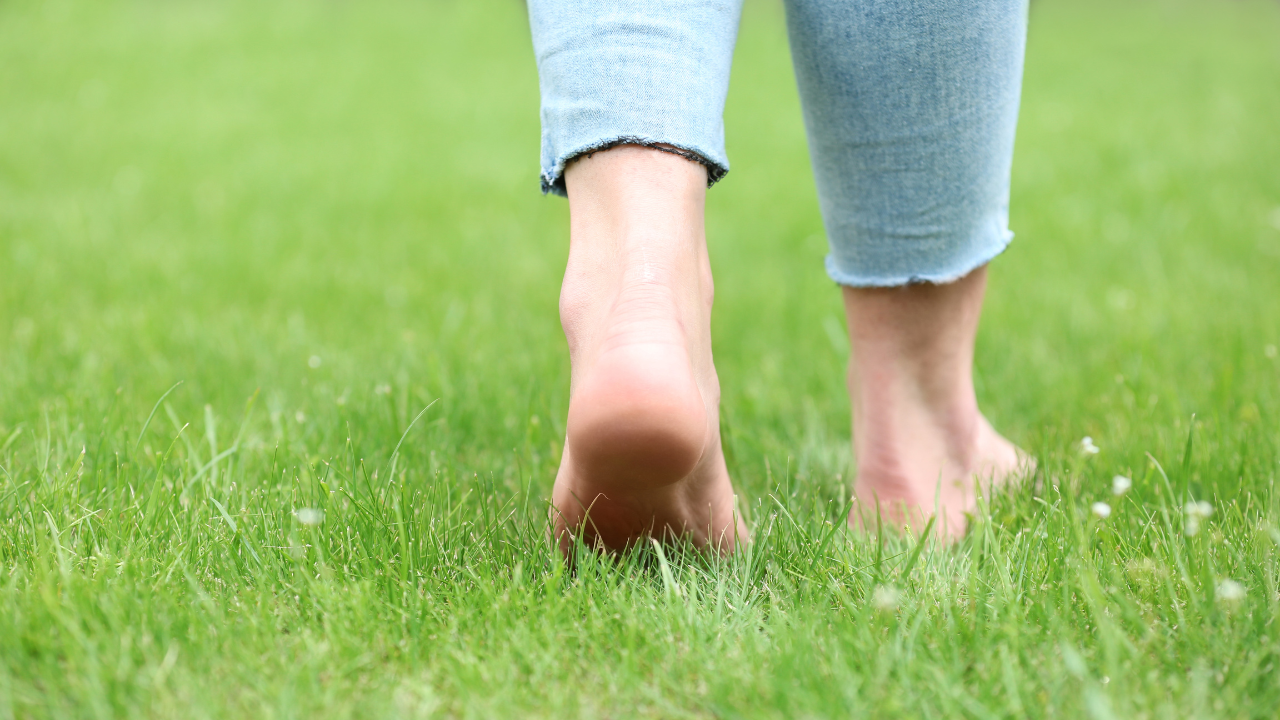Imagine something you love. Then imagine it’s threatened. That’s what Jada Alexander experienced when she was studying coral reefs in French Polynesia.
During her first trip, as a student at the University of California, Santa Barbara, she was captivated. “The coral reef was vibrant. It was beautiful,” she recalls.
It was teeming with life, full of crabs and fish. But on a return trip one year later, much of the reef appeared dead . “It was dull and gray,” she says, which left her feeling hopeless.
Alexander is not alone. Survey data has shown that more than half of young adults have felt anxious, angry, powerless or helpless about human-driven climate change. “If our young people can’t have hope and engage in climate action, then we're going to have that much harder of a time bending the curve back,” says Elissa Epel, a renowned stress researcher at UC San Francisco.
So, she and a group of her colleagues developed a new course, called Climate Resilience , which they offered for the first time at several UC campuses last spring. The goal is to turn students’ distress about the climate into collective action. Alexander signed up for the class and became a teaching assistant.
The course offers inspiring lectures from scientists and leaders in the climate movement to introduce a counternarrative to the doom and gloom. Many of us are living in an “information bubble” that can be devastating, Epel says. We’re inundated with negative stories about record h.


















